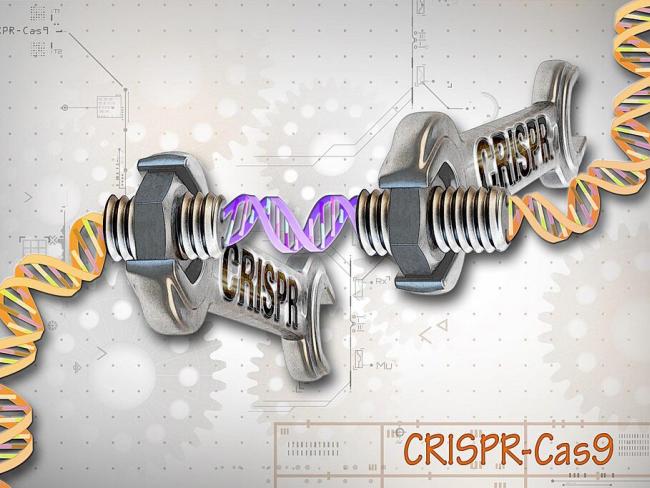
Diagram of the CRISP-R gene editing technique. Photo National Institutes of Health (CC BY-SA 2.0).
A big question hovering over the planned Sanitary and Phytosanitary Strategy is what’s going to happen with so-called precision breeding – using techniques such as gene editing to produce crop varieties that are healthier, or grow faster, or are more resilient to climate change.
One of the benefits of Brexit was that Britain could break free of the EU’s stifling biotechnology restrictions. The result was the legislation that, from November this year, will allow companies to apply for authorisation to sell seeds and food produced with precision breeding.
The EU, many of whose member state governments are in thrall to Green minorities, has been dragging its feet, though changes to allow some precision breeding may emerge next year.
The worry in Britain is that the new agreement, coupled with the concept of dynamic alignment, might see Britain chained to EU regulations once again. The National Farmers’ Union, no friend of Brexit, is calling for precision breeding to be excluded from the forthcoming agreement.
• Related article: Food standards: don’t leave it up to Westminster
